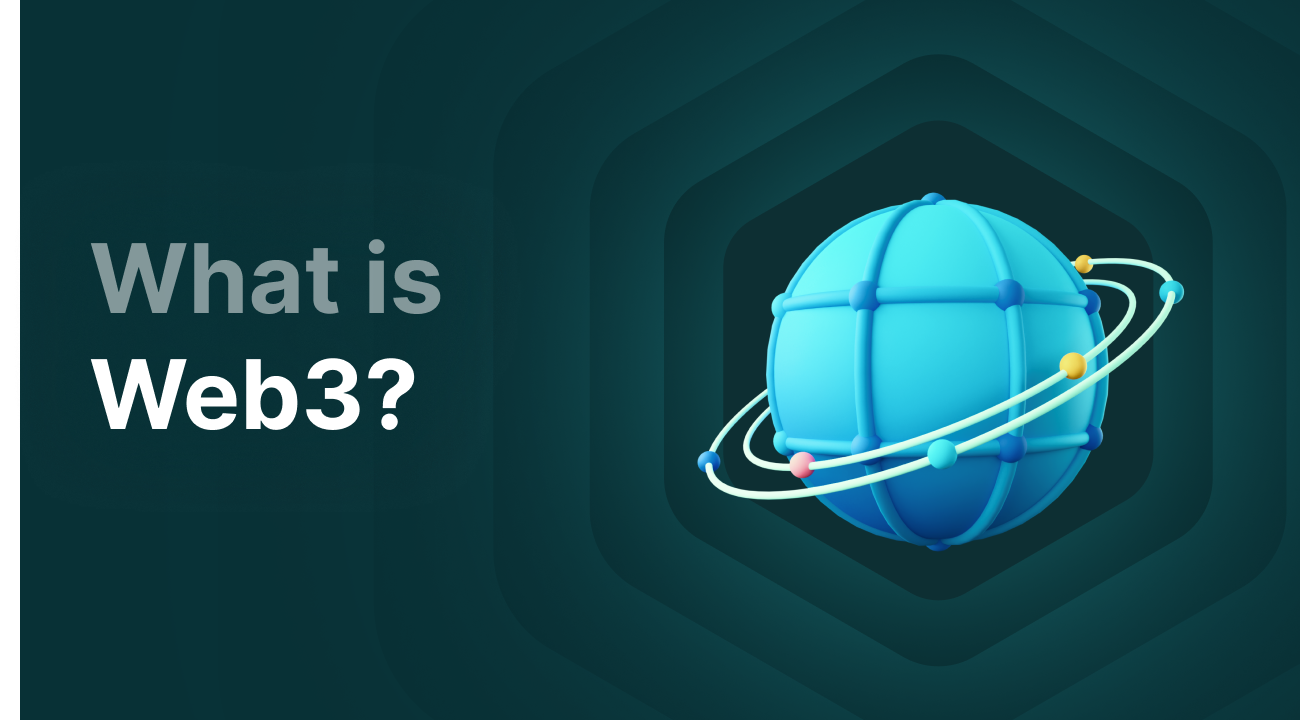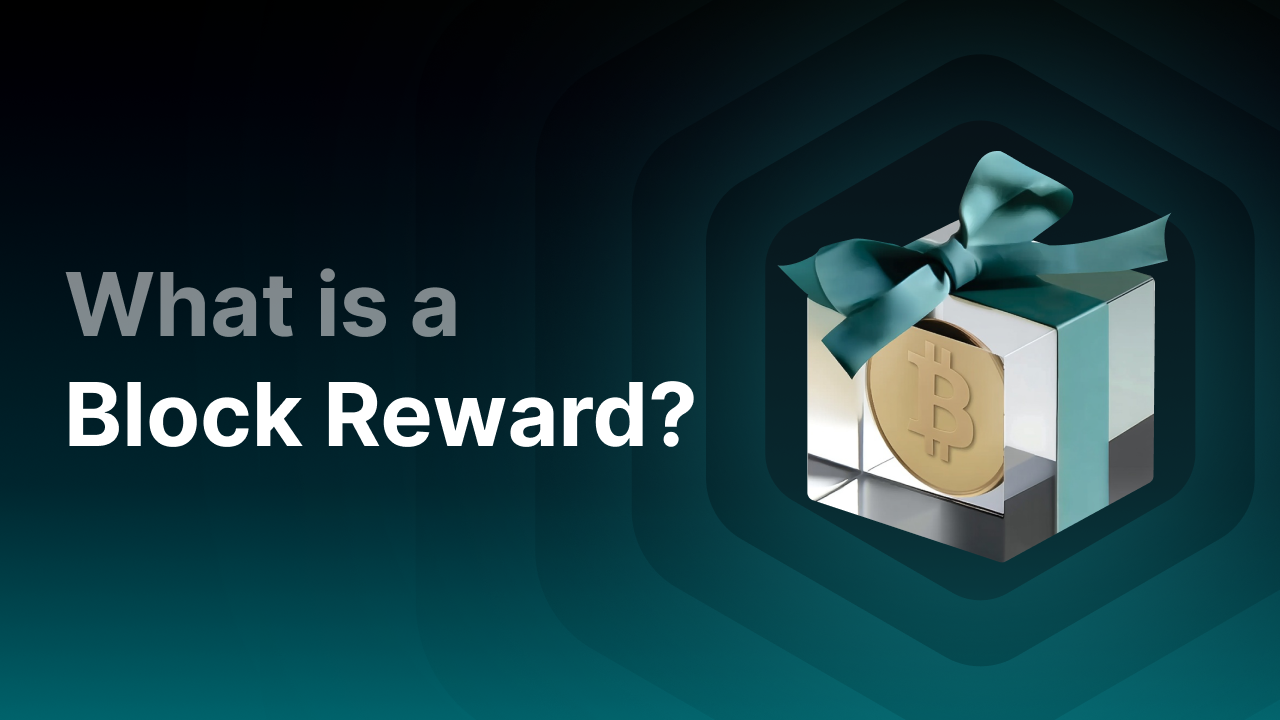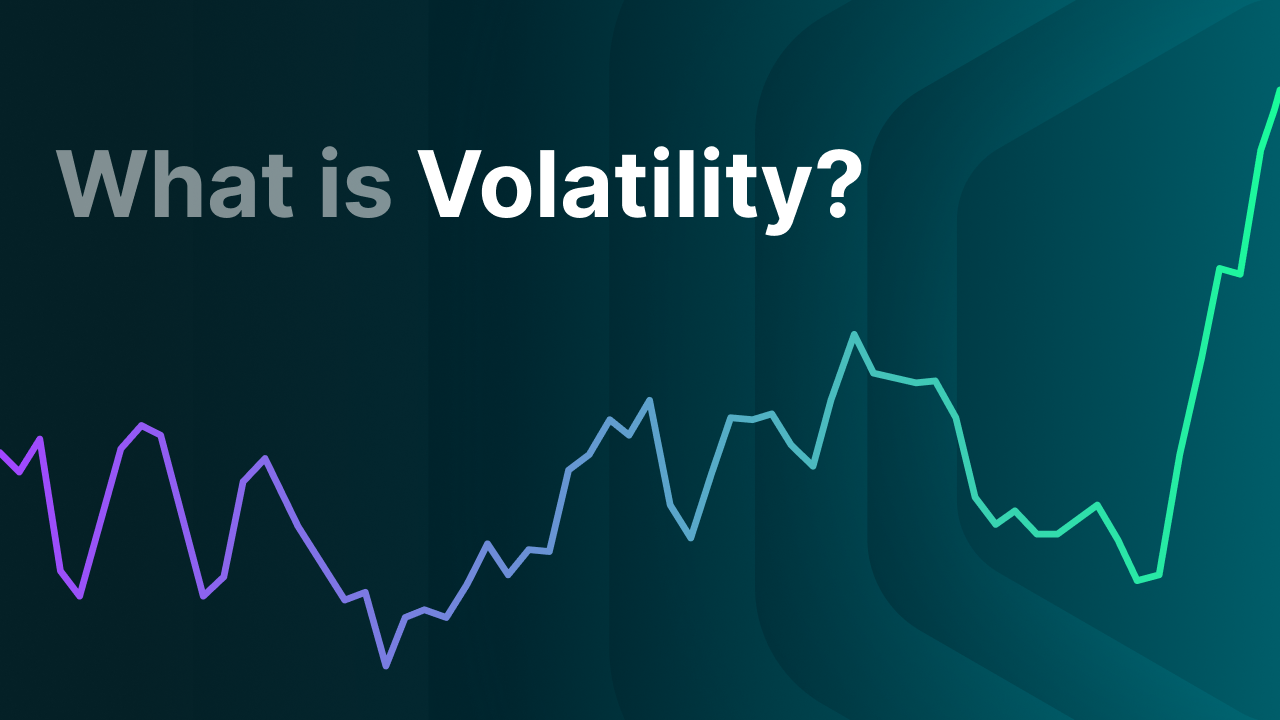What is Web3? Everything About the 'New' Internet Explained

What is Web3?
Web3 is the next generation of the internet where you have control over your data, digital assets, and identity. Web3 emphasizes decentralization, privacy, and ownership. Instead of big tech companies being in charge, you decide what to share, with whom, and no one can take away your property. Web3 commonly uses blockchain technology, smart contracts, and decentralized applications.
Example:
Web1 = read Web2 = read + write Web3 = read + write + own
Key Takeaways
-
Web3 is the next generation of the internet where you have control over your data, identity, and digital assets.
-
It focuses on decentralization, privacy, and ownership – without central parties like Google or Facebook.
-
Blockchain, smart contracts, NFTs, dApps, and DAOs form the building blocks of this new ecosystem.
-
You no longer need accounts, share only what you want, and can even earn from your online activity.
-
Web3 offers many opportunities but is still young and sometimes technically complex – the future is promising but not without challenges.
Back to Basics: Why Web3?
Web3 emerged as a response to centralized parties (often large tech companies like Google, Instagram, Apple, etc.). In reality, you now often pay with your data. Companies like Facebook and other big players collect as much information about you as possible. Whether it’s your scrolling behavior, your interests, or your location. These companies make the rules, profit from your data, and can block content, transactions, or entire accounts.
In Web3, things work differently. Your data belongs to you, the applications you use are decentralized and usually operate based on smart contracts, so you as an individual user are in control.
Example:
Suppose you post videos online. In Web2 you do that on YouTube, which decides who sees it, how much you earn, and whether it stays online. In Web3 you upload your video to a platform that runs on a blockchain. You have the control, set the price, and get paid in crypto tokens without intermediaries. Also, no central party can take your video offline. Only you can. The freedom lies entirely with the user, not centralized parties.
Web3 = Exchanging Value Without Intermediaries
A key difference from Web2 is that Web 3.0 centers around value. Instead of companies profiting from your activity, you can earn from what you do online. This happens through crypto tokens or cryptocurrencies. Think of paying for an app with tokens, or being rewarded for your contributions to a platform.
You can therefore see Web3 as "the internet of value." Everything is more direct, transparent, and (in theory) fairer. You are your own bank, have your own digital wallet, and decide who gets access to your data.
Why Web3 Could Be the Future
Web3 is about collaboration instead of competition. The ecosystem grows because more and more people want to contribute to something that belongs to everyone. The more users, the more developers get interested, the better the offerings, the more users.
Additionally, many users today find it important that their data is not used without their consent by large tech companies. In Web3, there’s no platform profiting from your personal data—because all data is publicly viewable by everyone. The transparent nature of crypto contributes to this. And the great thing is, the only thing people can see is a public wallet address. So no one knows who owns the wallet. Not even big companies. And that creates a fairer and more sustainable digital economy.
The Building Blocks of Web3
To truly understand Web3, you need to know a few key components:
1. Blockchain
Blockchain technology is essentially the core of Web3. A blockchain is a technology that consists of a digital database (also called a public ledger) in which transactions are recorded. There’s no central party, making it reliable and transparent.
Example: You buy something with crypto. That transaction is stored on a blockchain. Everyone can see it happened, and no one can change it afterward.
2. SSI (Self-Sovereign Identity)
In Web3, you decide who gets access to your data. No more 'Log in with Facebook'. You manage what gets shared without being dependent on other parties. You only share what you want and can even earn from sharing your data.
Example:
You log in to an online store with your own Web3 wallet, without an email or password. No one knows who you are, but you can still use the service. You choose whether to share your address or simply confirm that you're over 18. No third party like Facebook is needed, no multiple accounts—just your Web3 wallet.
3. NFTs (Non-Fungible Tokens)
NFT stands for non-fungible token: a unique digital proof of ownership. NFTs run on blockchains and are often used for digital art, collectibles, and in games. Their registration happens on a blockchain, and only you (with your digital key) can prove you’re the owner.
Example:
You buy a unique digital artwork as an NFT. It’s registered on the blockchain and linked to your personal wallet. Everyone can see that you’re the owner, but no one can change or steal that ownership—this is only possible with access to your wallet. Even the creators of the decentralized exchange can’t do anything without your permission.
4. dApps (Decentralized Apps)
A dApp is a decentralized application without a central authority. They run on a blockchain and use smart contracts to carry out all tasks automatically. Well-known decentralized applications (dApps) include decentralized exchanges like Uniswap or Curve. These, for example, run on Ethereum.
Example: On a decentralized exchange, you trade crypto directly with other users—no central authority involved.
5. DAOs (Decentralized Autonomous Organizations)
A DAO (Decentralized Autonomous Organization) is an organization that is fully or partially managed by decentralized computer programs, with voting and finances managed via a decentralized ledger like a blockchain.
Example: You’re in a DAO for a music platform. You and other members vote on which artists get funding, or which features are built.
Web 1 & 2 Explained. How Did We Get to Web 3?
But what is Web1?
Web1, also known as the ‘static internet,’ was the first version of the World Wide Web. Think of the period between 1995 and 2005. The internet back then was mainly about viewing pictures, reading text, and clicking through pages. Unlike Web3, there was barely any interaction.
Web1 was built on open protocols such as TCP/IP, SMTP, and HTTP (developed by governments). No one owned these protocols. And that was the strength: everyone was allowed to use them. No permission required, no paywalls. But it had its downsides. Privacy? That wasn’t even considered.
An example:
Say you wanted to learn about guitars. You searched on AltaVista (yes, that was a search engine back then) and landed on a page with text, maybe a few photos—and that was it. No comment section, no videos, no likes. Think of it like a digital phone book.
So what about Web2?
Then came Web2, also known as the ‘social internet.’ This is the internet most people are still familiar with today (social media, etc.). Instead of just reading, you could also create content (think Hyves, Facebook, YouTube, etc.). Suddenly, you could upload photos of your cat, your friends, your vacation at any time—or even make gaming videos. Even a simple blog post could go viral if you played your cards right.
An example:
Say you love cooking. In Web2, you start your own food blog, share recipes on Instagram, and post videos on YouTube. You build a community, gain followers, and maybe even get sponsored deals.
But there’s a catch
Web2 brought a lot of opportunities for many people, but it also came with new problems. The more users a platform has, the more new users it attracts. So rules had to be made to manage these platforms. That’s how YouTube, Google, and Facebook became the tech giants they are today. And as you might guess, with massive growth came massive power. This is when big companies started collecting as much data and information as possible. That’s where Web3 came from.
What are the benefits of Web3?
So back to Web3—it offers a new perspective on how we deal with the internet, data, and digital value. Here are some of the key benefits:
1. You’re in control
Instead of big companies deciding what happens to your data, you decide. You choose what to share, with whom, and for what purpose. That means more privacy and more control over your digital identity.
2. Security
Blockchain technology uses cryptography to secure data. That makes transactions and information much harder to tamper with or hack than with traditional systems. This is also why Bitcoin has never been hacked.
3. No central authority
Web3 is decentralized: there’s no single party that controls everything. That makes censorship impossible, prevents any one party from having too much power, and ensures total transparency.
4. Everything works better together
Applications within Web3 can easily communicate and share data with each other, giving users easier access to different services and digital assets (all without needing to create an account filled with personal details).
5. Access for everyone
Whether you live in the Netherlands or in a country without a good banking system—Web3 lets you participate. All you need is a personal wallet (which you can create for free), and you’re good to go.
What are the disadvantages of Web 3.0?
Although Web3 is promising, there are still some drawbacks. Here are a few challenges:
1. Pretty complicated
For those who aren’t tech-savvy, the Web3 ecosystem can be quite overwhelming. Terms like wallets, tokens, and smart contracts require a lot of explanation. And it’s still in its early stages—basically where Web1 was when it first launched. So we’re right at the beginning.
2. Not always very fast
Some blockchains struggle to handle large volumes of transactions at once. That sometimes leads to delays or higher fees (although this is becoming less of an issue with networks like Solana or Sonic).
3. Security is never 100%
Even though blockchain tech is well-secured, bugs can exist in smart contracts, or users can fall victim to scams or hacks.
4. The law is lagging behind
Web3 is evolving faster than most laws. Many governments are still figuring out the right regulations and oversight, which can create uncertainty for users and developers.
Final thoughts
Web3 is a new development showing that the internet can be more transparent and fair. The goal is more control for you as an individual. You decide what you want to do with your data. Thanks to blockchain, NFTs, dApps, and DAOs, you don’t just participate—you actually own what you do online.
The technology is still in development and not everything works perfectly yet, but the direction is clear: Web3 is building a digital system where freedom, ownership, and privacy are central. Whether it becomes the future is uncertain, but that it can be a future is already very clear.



__01KC926A15P1A0X3VR6DBBV1FK.png)
